Today’s guest post comes via TG.com regular Travis Hansen.
I’ve long championed the notion that most people, most of time fail to understand the significant power that dedicated strength training has on one one’s ability to lose body fat.
We’ve been programmed to think the key to fat loss success is “surviving” endless, laborious hours on a treadmill. That approach “can” work, but speaking personally I’d rather swallow live bees.
Thankfully, Travis uses less hyperbole to explain why strength training should be a staple in anyone’s fat loss endeavor.
Enjoy!

Lifting Heavy(ish) Things For Fat Loss
Interested in losing body fat?
At this point it’s pretty obvious that nothing is going to give you more leverage with regards to getting results (and results that will stick long-term) than proper strength training.
There’s a bevy of real-world examples around the world, and the science & research back it all up too.
There are several studies that have investigated the effects aerobic and anaerobic training have on weight loss, fat loss, and the maintenance or increase of muscle mass.
The consensus among the scientific community is that both methods contribute to fat loss, but anaerobic training (weights, sprinting, etc.) is hands down better.
Per unit of time, anaerobic training is better. However, it cannot be utilized/practiced as much because of fatigue factors, so you need a blend of both.
Just so we’re all on the same page: Me stating I feel most people should focus a little more on strength training to help with fat loss is NOT me saying I am against performing cardio. This is akin to an analogy I recently saw Dr. Spencer Nadolsky make:
“When I say “weight lifting is good for you” and then people say “I can’t believe you’re not promoting aerobic training!” It would be like me saying “strawberries are good for you” and someone saying “I can’t believe you’re not promoting broccoli!”
The best approach to fat loss is a synergistic one: Eating for your goals as well as performing BOTH strength training and cardio.
Just remember that anaerobic training can (and should) be primary and aerobic is a far secondary.
And the science heavily supports this stance.
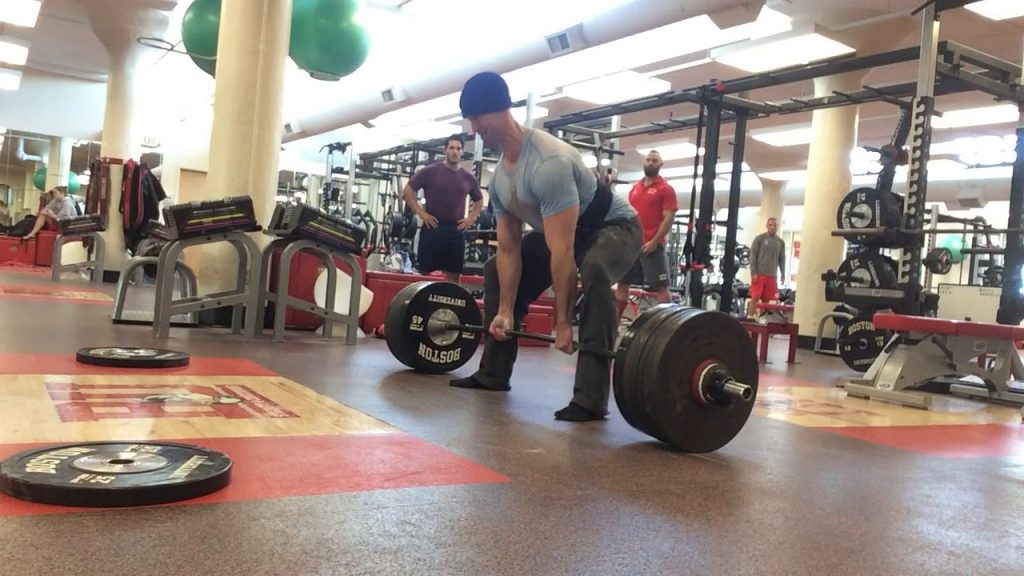
Science also supports that Tony is jacked (👈 Tony wrote that)
When it comes to training, a great analogy for attempting to create as much caloric expenditure as possible can be derived from establishing a proper foundation of training methods from the bottom up.
You can refer to this as The Fat Loss Pyramid.
The most potent and powerful contributors to total fat loss start at the bottom and then decrease in their value as you climb the pyramid.
We still seem to have this model backwards.

As counterintuitive as it may seem to some, a majority of calorie burn should come from weight training as the vast majority of research over the decades have showcased it’s superior effects that can’t be entirely achieved or replicated through other popular methods (i.e., HIIT, steady state, fasted cardio, etc).
It’s not lost on me the the notion of weight training being a primary method for fat loss is still dumbfounding to some people. But it shouldn’t be if you consider the science on the topic.
Note From TG: This is why I’m a fan of the saying “what makes muscle, keeps muscle.”
“Fat loss plans should alternatively be referred to as “muscle maintenance” plans. The idea should be to maintain or keep as much muscle as possible while in a caloric deficit. The easiest way to do so is to lift heavy things – remind the body to hold on to precious lean tissue.”
The Science
The infamous study by Dr. Schuenke tells us exactly why strength training should be first and foremost when it comes to optimal fat loss training. (1).
Schuenke and his team took seven healthy men and had them perform a 3-exercise circuit utilizing the squat, bench press, and power clean.
The circuit was performed three times amounting to twelve total work sets and lasted 31 minutes.
The results were remarkable!
Aside from the few hundred calories the subjects burned during the session, they burned about 600-700 calories in addition to that number over the next 38 hours post-exercise. This phenomenon is known as “Excessive Post-Exercise Oxygen Consumption,” or EPOC for short.
EPOC is the amount of energy required to return our metabolism back to pre-exercise levels. It can take minutes with certain training types such as aerobic training and hours to days with high intensity work such as resistance training and max effort sprinting. There are at least five studies that clearly show weight training increases EPOC for 1-48 hours above resting levels. (2)
Through heavy resistance training and sprinting, the amount of energy needed by the body to recover the damage has been said to be much higher than with “traditional” cardiovascular training. The damage itself requires energy and time to repair, which increases our body’s protein turnover and calorie burn.
Protein turnover is simply the amount and rate of protein that is lost per day. There is also an increase in the activity of our body’s functional battery, which is the nervous system.
Also, several fat burning enzymes and hormones elevate as well.
Along these same lines, the recently popular “constrained energy” study showed that individuals who possessed more muscle mass had a substantially high RMR (Resting Metabolic Rate), contrary to popular belief.
Recall that muscle mass in and of itself doesn’t burn a whole lot of calories, but the higher RMR could help explain all of the energy cost from repair that is being done on days that follow strength training. To help really put all of this into perspective, using strength training as an unparalleled and superior form of cardio creates a “2 workouts in 1” training effect until your body begins to adapt to training later on down the road.
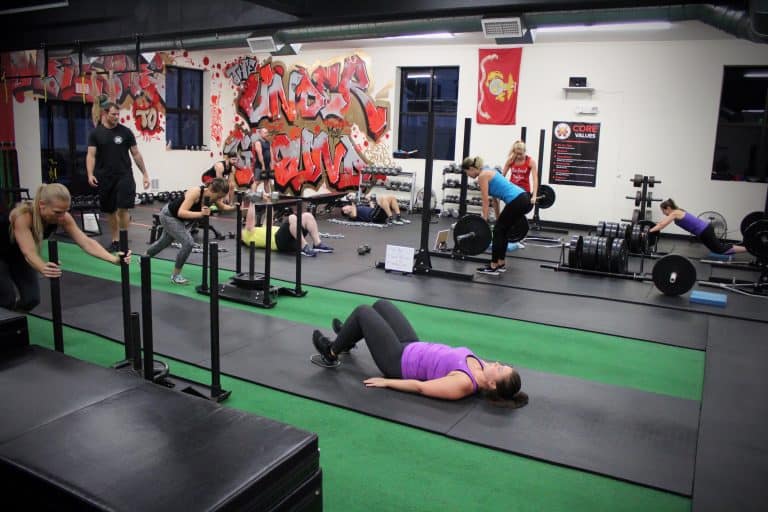
On a final note, the increase or maintenance of your muscle will also burn a few extra calories per day as well, which could add up over time.
Another study had researchers assign overweight subjects to three groups; diet-only, diet plus aerobics, diet plus aerobics plus weight training.
- The diet group lost 14.6 pounds of fat in 12 weeks.
- The aerobic group lost only one more pound than the diet group. (Their training was three times per week beginning at 30-minute sessions and progressing to 50 minutes over the 12 weeks).
- And the weight training group lost 21.1 lbs. of fat, resulting in 30-40% more than diet and aerobic-only groups.
What’s revealing is that the addition of aerobic training didn’t result in significant fat loss over just dieting alone. (3)
Now it’s only fair to also point out that even though these studies above do highlight the superiority of weight training for creating the most EPOC, and perhaps even calorie burn and fat loss from a workout, from the data I’ve collected with clients and the protocols we’ve utilized for years, the effects of EPOC may begin to diminish over time as you become more experienced and adapted to weight training according to at least one study by Abboud et. all 2013. (2)
Losing Muscle on a Diet = 👎
On a final note, it should be recognized the effects of losing muscle mass can have on hunger levels, weight regain and energy regulation long-term, so make sure you and or your clients make strength training the foundation of your training program.
But here is one more nail in the coffin if you aren’t sold yet.
Dr. Brad Schoenfeld provided a study a while back through social media that demonstrated what is called “Collateral Fattening” when muscle mass is lost on a diet.
Basically, the body perceives muscle loss as a threat which drives up fat gain through different pathways and hunger signals.
If that last couple sentences isn’t enough to make resistance training your primary option when it comes to fat loss training I don’t know what else to say. Only heavy lifting can preserve and grow muscle, even though similar blood marker responses can be seen with interval training, minus actual muscle growth and maintenance, unfortunately.
One Final Word
And now that you’ve clearly seen what the science has to offer, let’s talk about some other equally important factors that should seal the deal when it comes to strength training for fat loss.
Frankly, aerobic training is FAR more limited when it comes to training options and it’s safe to say this is going to drive quicker adaptation and lower energy outputs. The availability of exercises for resistance training splits and circuits is literally infinite.
Some people like repetition and monotony, and others vouch for constant variety, and both are fine and will yield results. However, if you or someone you know wants to absolutely incinerate body fat then find a comfortable and effective resistance training protocol from a reputable professional and you wont be disappointed.
About the Author
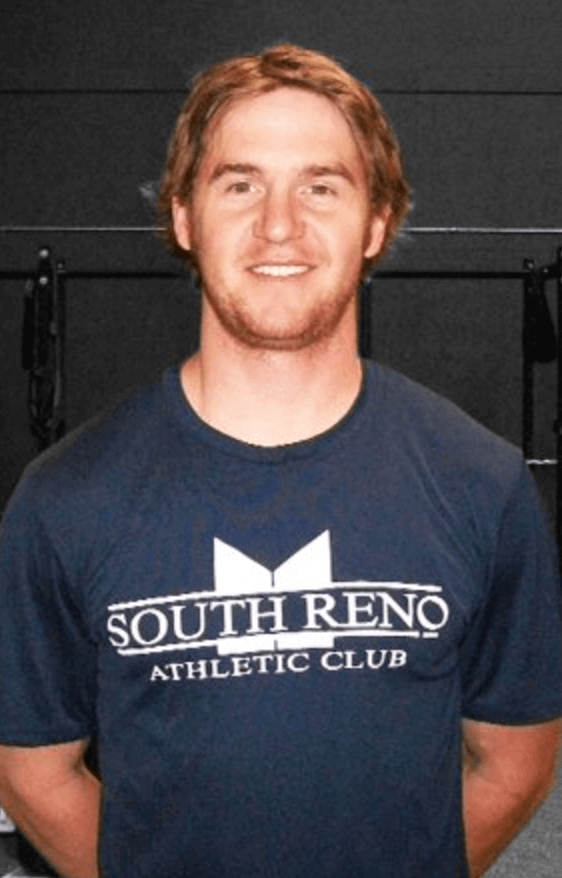 Travis Hansen has been involved in the field of training for over a decade, and he has over 60,000 hours of hands-on training experience.
Travis Hansen has been involved in the field of training for over a decade, and he has over 60,000 hours of hands-on training experience.
He graduated with a Bachelor’s degree in Fitness and Wellness, and he holds three training certifications—from the ISSA, NASM and NCSF.
He was the Head Strength and Conditioning Coach for the Reno Bighorns of the NBA D-League during their 2010 season, and The University of Nevada-Reno golf team in 2015.
He was the former Director of the Reno Speed School. He has worked with hundreds of athletes from almost all sports, ranging from the youth to the professional ranks.
He is also the leading authority on speed development for the International Sports Sciences Association. For more info check out his website.
References
#1-Schuenke MD, Mikat RP, and Mcbride JM. Effect of acute period of resistance exercise on excessive post-exercise oxygen consumption; implications for body mass management. European Journal of Applied Physiology 86: 411-417, 2002.
#2-Abboud, George. Effects of Load-Volume on EPOC After Acute Bouts of Resistance training in Resistance-trained Men. Journal of Strength and Conditioning Research: July 2013-Volume 27-Issue 7-p 1936-1941.
#3-Https://www.t-nation.com/training/hierarchy-of-fat-loss.




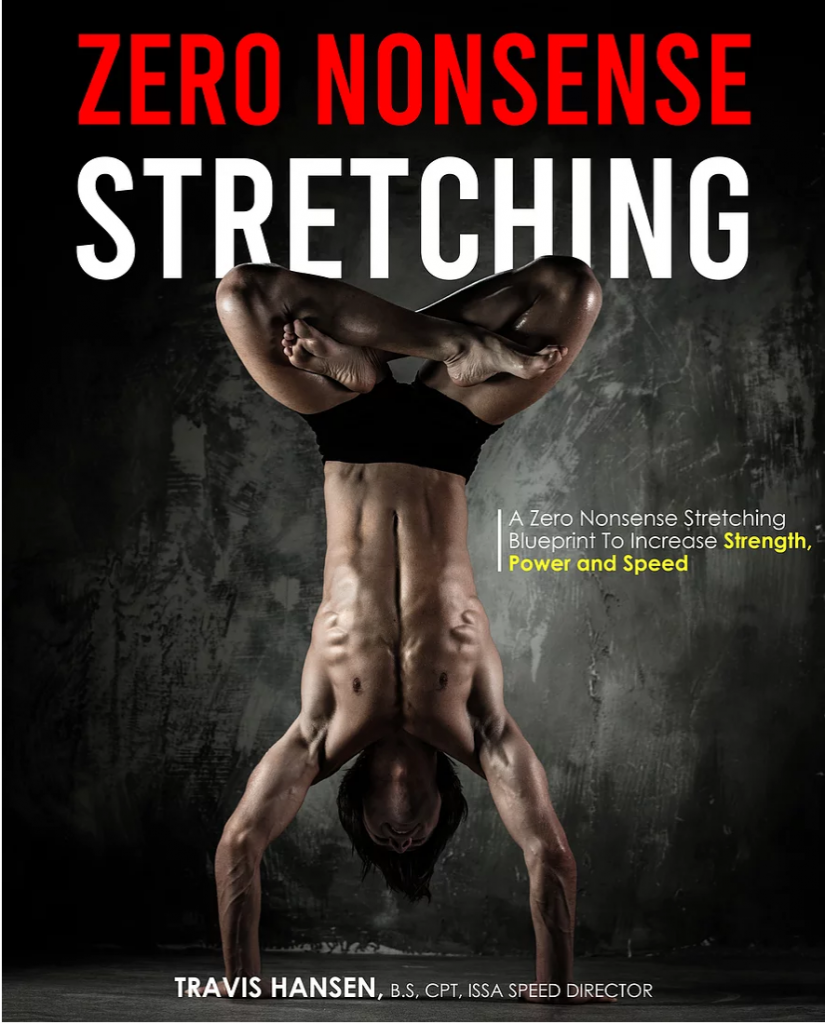

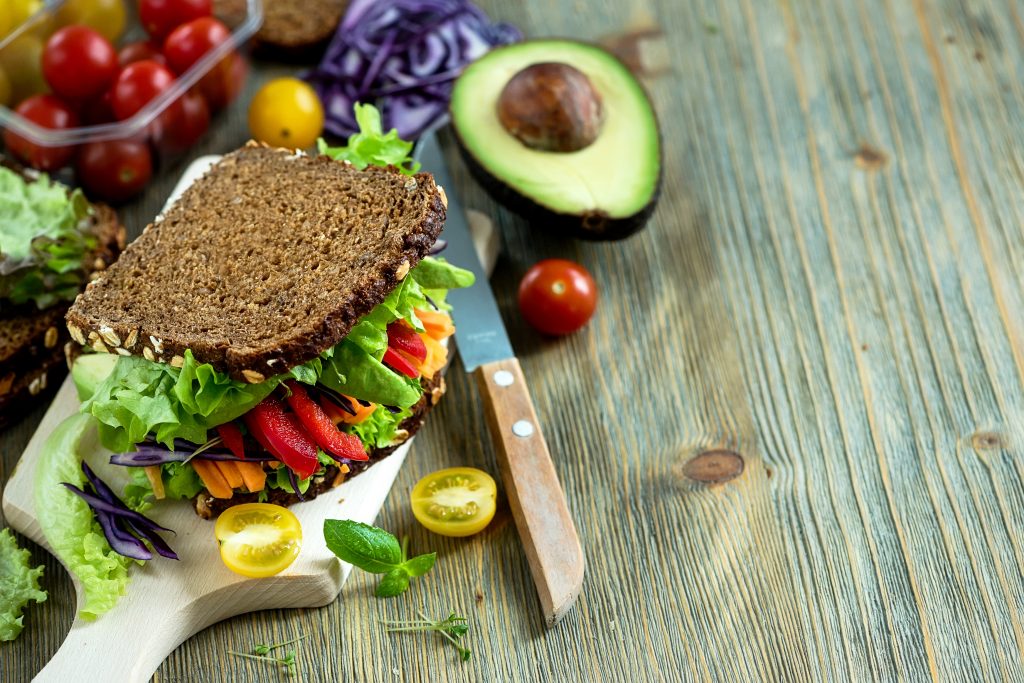
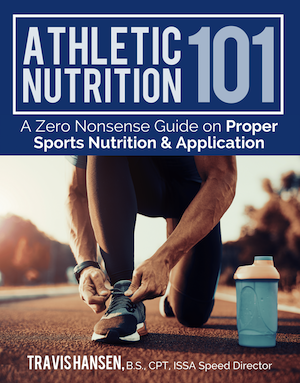


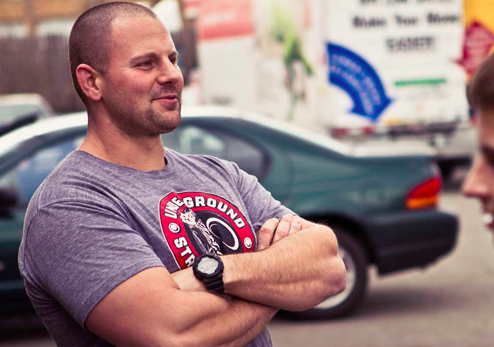







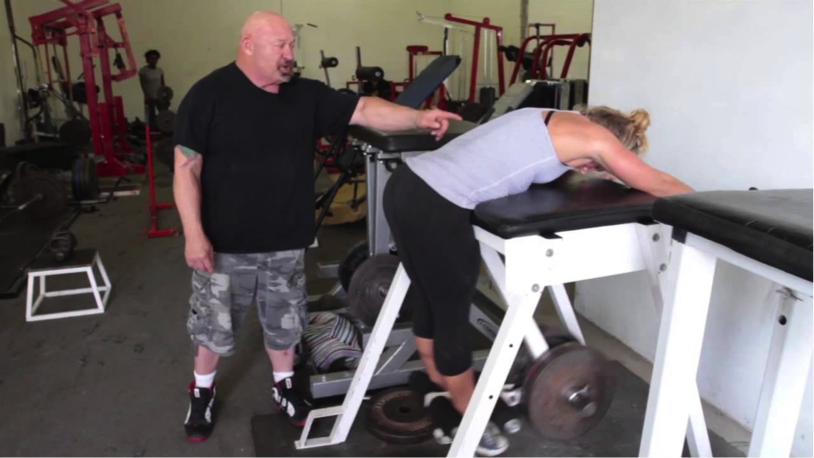


.jpg)


